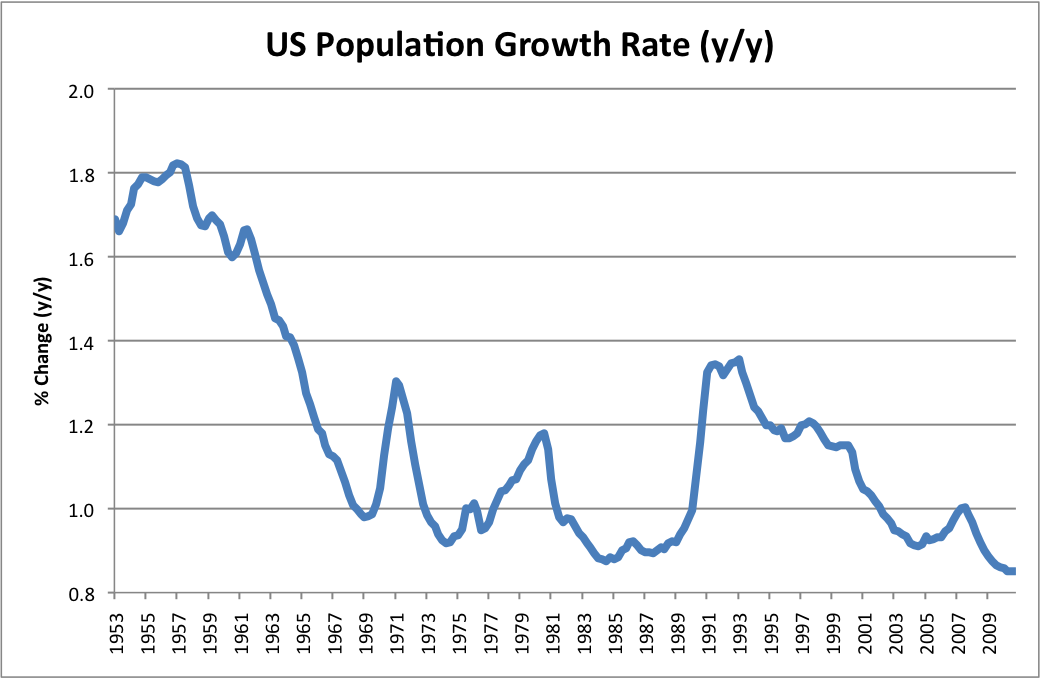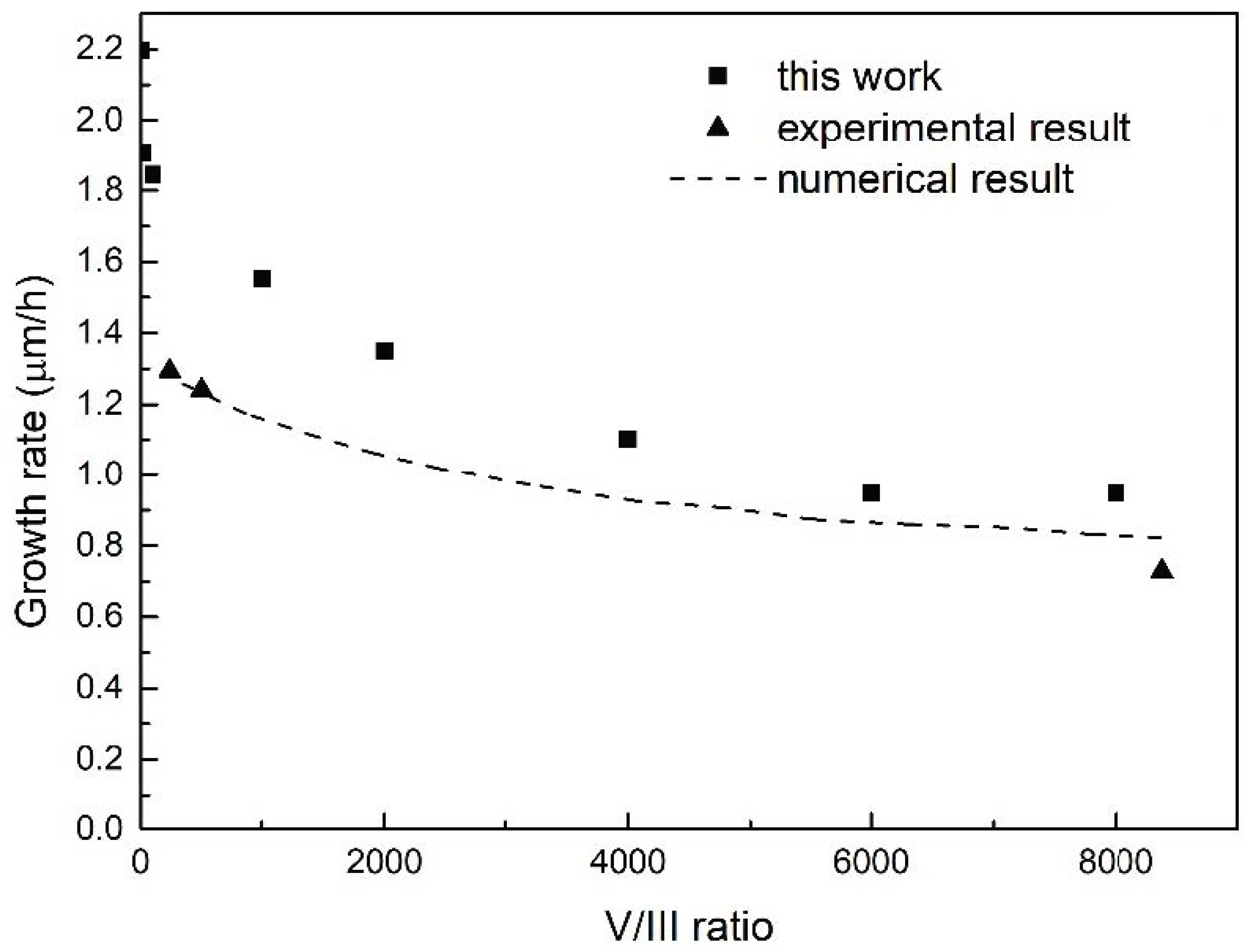

2A).Ī, conch dimensions obtained from ammonoid conch cross sections (using specimen MB.C.30163) and cardinal conch parameters as used in the analyses. It has to be noted that Korn & Klug ( 2003) and Korn ( 2010) modified these conch parameters by using the conch diameter instead of the radius and a different equation for the whorl expansion rate (Fig. Saunders & Swan 1984 Saunders & Work 1997 Korn 2000) in order to analyse the dynamics in the succession of ammonoid assemblages. The concept was then adopted by several authors (e.g. These studies defined the principal conch parameters that became so-called ‘Raupian parameters’, that is the conch radius, the whorl width and the whorl expansion rate, which reveal the data for defining a morphospace for the ammonoids within that of coiled mollusc conchs. Sandberger 1858), it was not until the work of Raup & Michelson ( 1965) and Raup ( 1967) that is was demonstrated how ammonoid conchs could be measured and analysed in an elegant, quantitative manner. They proposed it as an instrument for extracting information about biological material and biological processes.Īlthough theoretical concepts for measuring and analysing the spiral growth of ammonoid conchs existed already in the 19th century (e.g.

With regard to morpholmetric studies, Roth & Mercer ( 2000) provided an elegant definition of the term morphometrics: ‘Morphometrics is the quantitative characterization, analysis and comparison of biological form’. Aspects of ammonoid research Ammonoid morphometrics 1 specimen MB.C.30161 with coarse primary ribs, trapezoidal whorl profile and fairly wide umbilicus. 1 specimen MB.C.30160 with higher aperture and narrower umbilicus. 1 specimen MB.C.30159 with broad, crescent-shaped whorl profile and fairly wide umbilicus. 1) from Évrecy (Normandy, France) and in order to consider the following questions: (1) how many and which species does the assemblage contain? Which morphometric patterns are visible? This work attempts to show how measured conch parameters, ratios and rates vary between the specimens in the assemblage (2) what does the ontogeny of individual specimens show with regard to the key conch parameters? How do these ontogenetic trajectories vary between the stephanoceratid specimens over the stratigraphical range of the sample and (3) in which specimens can maturity be identified? Are there any sexual antidimorphs in the assemblage and how can they be characterized with regard to ontogenetic change in the conch geometry? We studied an assemblage of early Bajocian (Middle Jurassic) stephanoceratid specimens (Fig. The three characters make them extremely suitable for studies on conch morphology and ontogeny. The latter property is in contrast to vertebrates, for example, in which adult bones hardly allow any conclusions to be drawn about the original size and shape of the juvenile ones or in arthropods, in which juvenile characters are lost when moulting. Ammonoids have several properties that make them some of the best fossil organisms to study morphological changes in ontogeny and phylogeny: (1) they are highly abundant in the geological record due to their presumably high population density during their lifetime (Kennedy & Cobban 1976) (2) they had a very rapid morphological evolution during their existence from the Early Devonian throughout to the Late Cretaceous and (3) the most impressive feature is that they retained all of their ontogeny within their conchs as they grew in a (usually) logarithmic spiral.


 0 kommentar(er)
0 kommentar(er)
